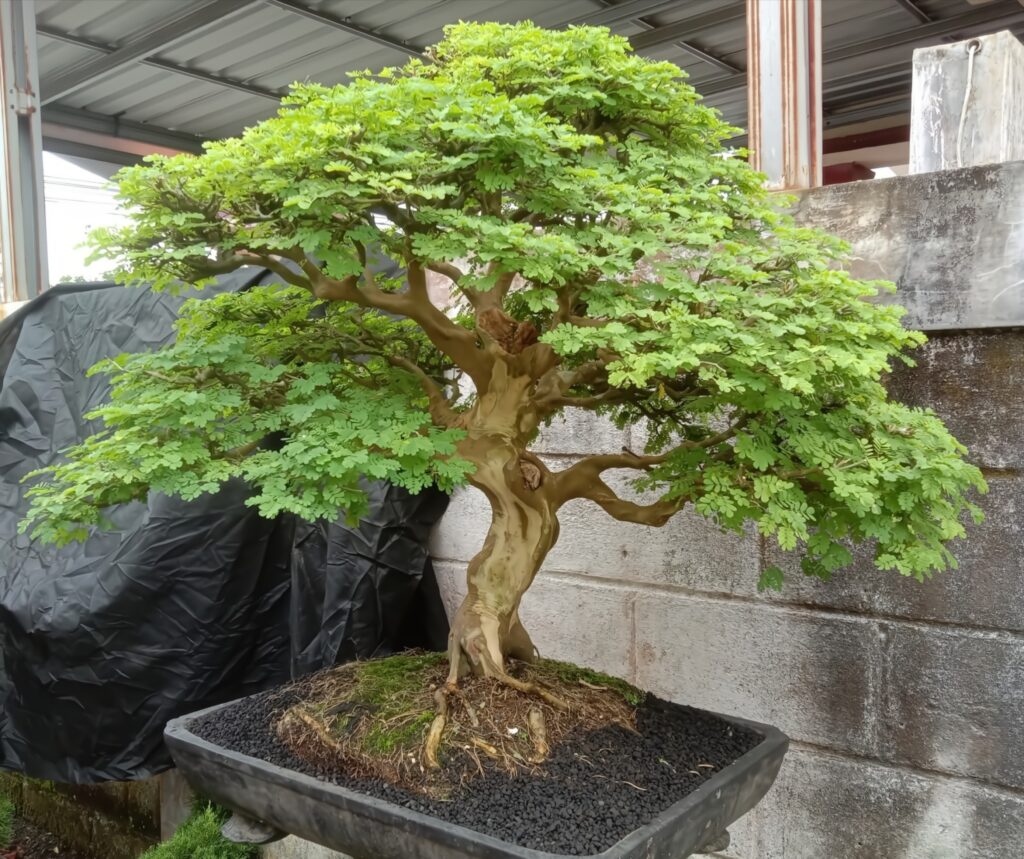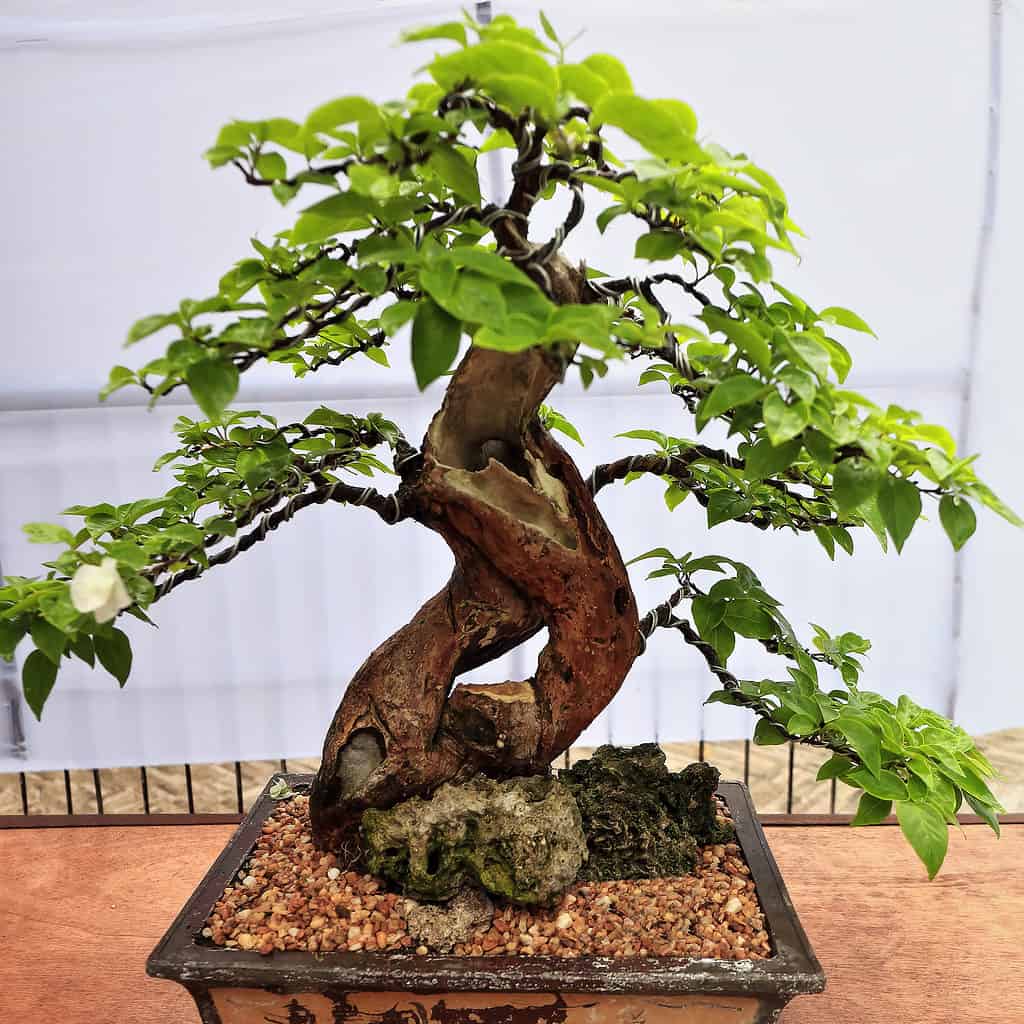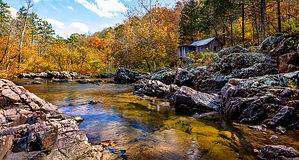Introduction
While the art of cultivating bonsai trees originated in Asia, many across the world have participated in growing their own bonsai. A common misconception about bonsai trees is that they are one species. However, a bonsai tree can be any species of tree that is trained and cared for according to the rules and customs of bonsai. Furthermore, bonsai trees represent more than horticulture. For many, the bonsai tree signifies a philosophical and aesthetic way of approaching life. Discover the largest bonsai tree in the world and find out what it takes to grow your own!
Background on Bonsai Trees
Bonsai is a term used to describe a certain method of planting and training trees. The term “bonsai” derives from Japan, meaning “tray-planted.” In most instances, bonsai trees are created by growing trees in a specific way and by planting them in a container. Bonsai trees can be a variety of tree or shrub species that have been dwarfed. The act of dwarfing a tree requires meticulous pruning of branches and roots and the bending of branches with wire. These actions help train the tree to grow in a certain manner.
The art of bonsai derives from the country of China. Over a millennium ago, people would grow and shape trees in containers, pots, or trays. Soon after its introduction, bonsai horticulture grew in popularity in Japan. The first bonsai ever recorded was pictured on an emaki by Takashina Takakane in 1309. The first bonsai cultivators drew inspiration for shaping bonsai from dwarfed trees found in their natural surroundings. Trees that grew through rocks, over cliffs, and atop mountains often have an unusual or aesthetic shape. Therefore, bonsai artists began to form their own bonsai creations based on irregular tree growth in nature.

The largest bonsai tree in the world is a red pine tree.
©Yei Kuye/Shutterstock.com
Significance of the Art of Bonsai
Bonsai is not just an activity or art form; it is a metaphor containing universal meaning that applies to most that participate in bonsai creation. The best bonsai trees in Japanese culture are those that appear weathered and have their upper roots exposed. These characteristics reflect the mutability of all entities, a metaphor that adds to the aesthetic of the bonsai tree.
Furthermore, bonsai trees symbolize heritage and family. Bonsai trees can live for extremely long periods, perhaps even over 100 years. Thus, many bonsai trees are passed down from generation to generation. As the family lives on so does the tree that represents their heritage.
How to Create a Bonsai Tree
The first step to creating a bonsai tree is choosing the right container for the tree. Pots should have holes underneath to drain water. The pots are typically earthenware, meaning they are more porous than other materials. The pot chosen should have a color and size that complements the tree, rather than distracting from it. After all, the bonsai tree should be the center of attention, the creation that catches the eye.
Certain planting procedures are necessary according to the size and shape of the bonsai tree’s pot. For instance, square and round pots require the tree to be planted off-center. Training and trimming a bonsai tree requires patience and meticulousness. For coniferous trees, needles should be trimmed short. Similarly, deciduous trees should have leaves of a smaller size. Wires are used to guide the trees to grow in a way that is aesthetically pleasing, and the upper roots of bonsai trees are often exposed.
Bonsai trees require repotting every one to five years. However, this action depends largely on the size and structure of a bonsai tree. Liquid fertilizer can be used to promote bonsai tree growth, and watering of a bonsai tree typically occurs daily. The primary time when bonsai trees should be trimmed and trained is during the growing season, which varies according to the region and species.
Bonsai trees, due to their training and meticulous care, are typically able to withstand various weather conditions and can be kept outside. During winters with intense weather activity, though, bonsai trees are usually moved inside. In Japan, bonsai trees are placed on tables or on similar kinds of furniture for viewing inside until they are returned outside when weather conditions are favorable.

The bonsai tree is trained and formed, then placed in a container or a pot.
©iStock.com/rweisswald
The Largest Bonsai Tree in the World
The largest bonsai tree in the world measures over 16 feet tall. It resides in Akao Herb and Rose Garden in Japan and is a Red Pine. It also stretches more than 30 feet wide. Typically, bonsai trees are supposed to be dwarfed, meaning that bonsai artists make the trees smaller, rather than larger. However, Akao Herb and Rose Garden take a different approach to the art of bonsai, unofficially holding the record for the largest bonsai tree in the world.
Despite its massive size, the Red Pine is considered a bonsai tree because it has been cultivated in a large pot or tray. Therefore, it meets the qualifications to be a bonsai tree. Furthermore, it is estimated that the Red Pine is around 600 years old. Some claim that the Red Pine is the oldest bonsai tree in the world, allowing it to hold two titles, as opposed to one.
Where is the World’s Oldest Bonsai Tree Located on a Map?
The oldest and largest bonsai is located in the Acao Herb and Rose Garden, within the Acao Forrest Park in the city of Atami, Japan. The property, located on the Izu Peninsula, includes 12 different gardens and sits atop a high cliff that extends over the Pacific Ocean.
Other Record-Breaking Bonsai Trees
Although fans of the Red Pine claim it is the oldest bonsai tree in the world, it might have some competition. In Parabiago, Italy, another bonsai tree claims to hold this title. At the Crespi Bonsai Museum, one Ficus retusa is believed to have lived for over a millennium. For decades, Chinese and Japanese bonsai experts have trained and cultivated this tree to be one of the greatest on Earth.
Another beautifully crafted bonsai holds the record for the most expensive bonsai tree ever sold. This bonsai is a White Pine that was purchased at the International Bonsai Convention in Japan for $1.3 million. The White Pine is a massive tree, and it is praised for its incredible quality. The esteemed White Pine is approximately 300 years old, so it’s no wonder that it sold for such an expensive price.
Finally, the smallest bonsai tree on Earth is no singular tree but, rather, a size category called keshitsubo, meaning “poppy-seed class.” Acer Momiji is a type of Japanese maple tree that is known for its small appearance as a bonsai. Unlike the Red Pine, bonsai trees in the poppy-seed class can measure between one and three inches in height. While these trees might be adorable due to their size, cultivation of their leaves and roots requires extra care and patience.

The largest bonsai tree in the world measures over 16 feet high.
©Creative Commons Attribution-Share Alike 3.0 – Original / License
Features in the Akao Herb and Rose Garden
While the Red Pine might be the most prominent character in Akao Herb and Rose Garden, other unique features exist within the garden. For instance, the overall layout of Akao Herb and Rose Garden is stunning and impressive. The property, located in the city of Atami on the Izu Peninsula, includes 12 different gardens. Furthermore, the garden sits atop a high cliff that extends over the Pacific Ocean.
Some gardens that are featured at Akao Herb and Rose Garden include English and French-style gardens. Although in Japan, tourists can have a taste of Europe during their visit. Furthermore, there is a plethora of rose gardens to wander through. With the garden’s beautiful floral additions and unique botanical styles, visitors can get lost in a sea of color, growth, and bloom. At the end of the journey through the gardens, a gift shop allows visitors to take a piece of Akao Herb and Rose Garden with them.
Akao Herb and Rose Garden open certain gardens to the public according to the season. Therefore, a tourist may not see all 12 gardens during their visit, but they will surely be in awe of what the open gardens have to offer. In addition to its gardens, the facility includes sculptures and one-of-a-kind architecture. The Coeda House, built by architect Kengo Kuma, is a fascinating piece that sits atop a hill on Akao’s grounds and includes a beautiful background of the Pacific Ocean and the surrounding landscape. The Coeda House offers drinks to visitors, and it is a perfect place for taking photos that encapsulate the memory of Akao Herb and the Rose Garden.
Thank you for reading! Have some feedback for us? Contact the AZ Animals editorial team.








